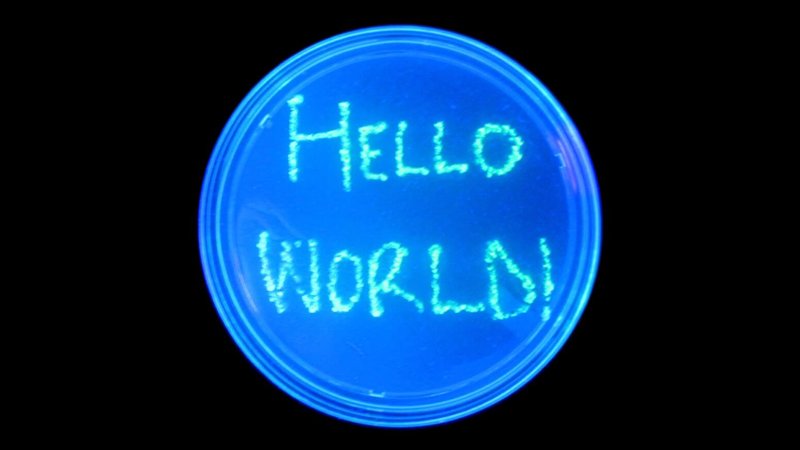A study published on January 11 in the journal Nature Chemical Biology details how the researchers led by Columbia University systems biologist Harris Wang used electricity and the DNA editing tool CRISPR to write “hello world!” into living bacteria’s DNA.
Genetic material like DNA is a potentially useful way to store data because it can store a lot of information in a small space. (For instance, ten full-length digital movies in the space of a grain of salt, Robert F. Service reports for Science magazine.) Because DNA is integral to biology and bioengineering, the storage technology is unlikely to become outdated.
Computer code comes down to long strings of ones and zeros, and each digit is called a “bit” of information. A strand of DNA is a chain of four basic chemicals—abbreviated as A, C, G and T—that can be edited using bioengineering tools like CRISPR. In the new study, a change to a genetic sequence translated to a “one,” while no change translated to a “zero.” Any combination of six bacterial bits referred to a letter, number, space or punctuation mark, so the researchers called it a “byte.” (In a computer, a byte is made of eight bits.)
Using bacterial bytes, the scientists created the 12-character message “hello world!”































